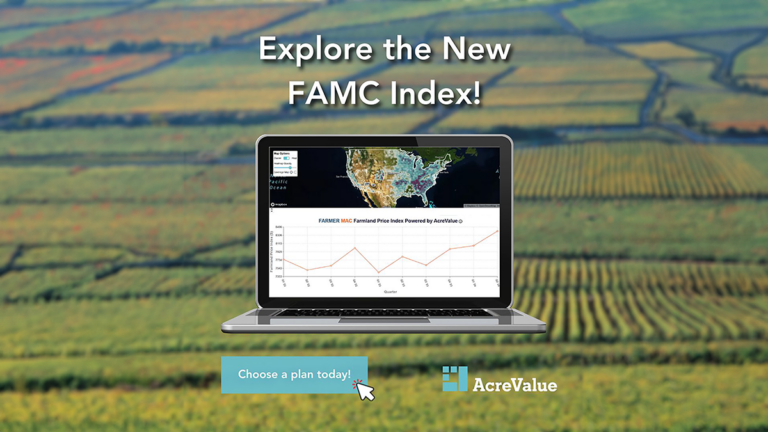Selling your land can feel like a daunting undertaking, especially when it comes to taxes. Here are some of the most important tax consequences and potential savings strategies to be aware of if you’re preparing to sell your property.
Federal Capital Gain Taxes
According to IRS rules, just about everything you own is a capital asset, from your home or land to furnishings to investment shares in stocks and bonds. Generally, when you sell a capital asset for more than you paid for it, you have a capital gain. If you sell it for less than its original cost, you have a capital loss. (Special rules apply to capital assets obtained as gifts or through inheritance.) Capital gains and losses are classified as either long-term and short-term. If you hold an asset for more than one year before getting rid of it, it is considered a long-term capital gain or loss. If you hold it for a year or less, it’s short-term. If you dispose of multiple assets in a single tax year, your net capital gain or loss is determined by calculating the total of your individual gains minus individual losses. Your tax burden is based on this net gain or loss. For long-term capital gains, the amount of tax you owe is determined by your total income from all sources. The rates are either 0%, 15%, or 20%, depending on your income bracket. Beginning in 2018, tax brackets for capital gain tax are no longer the same as the brackets for personal income tax, though it is still your overall income that counts. Short-term capital gains are taxed as part of your ordinary income, meaning that the regular income tax brackets of 10 to 37 percent apply. Depending on where you live or where the land you are selling is located, you may also be liable for capital gain taxes at the state level. Proceeds from the sale must be reported on your federal and state income tax returns for the year in which the sale takes place.
Read more: What You Need to Know When Selling Family Property
Net Investment Income Tax
Depending on your overall income, you may also be subject to a 3.8% net investment income tax (NIIT), sometimes called a Medicare Surtax, on your capital gains, dividends, or income from investment real estate residence. Single taxpayers may earn up to is $200,000 in modified adjusted gross income (MAGI) before this tax applies. For married couple filing jointly, the threshold is $250,000. The NIIT also applies to distributions of investment income above a certain threshold from estates and trusts.
Section 121 Personal Residence Exclusion
If you are selling a ranch or farm that is also your principal residence, you may be able to exclude a certain amount of capital gain from your tax liability, up to $250,000 for individuals and $500,000 for married couples filing jointly. You must have owned and lived in the home as your primary residence for at least 24 months out of the last 60 months (the months do not have to be consecutive). If the farm or ranch is part of a larger property, it may be possible to include additional land with the home to increase your tax-free gains.
Section 1031 Tax-Deferred Exchange
If you are planning to sell one property and purchase another of equal or greater value, you have the option to defer capital gain taxes on the sale. This allows you to postpone payment on the gain until the replacement property is sold. The idea is that as long as you are reinvesting your gains in a new property, your overall finances have not changed. Should you continue selling property and buying replacements, you can continue to defer the tax, though be aware that the tax obligation is only deferred, not eliminated. Changes to the tax code could result in higher tax rates on a deferred gain when the replacement property is sold. It’s also essential to accurately evaluate the long-term appreciation or depreciation potential and cash requirements of the new property.
Read more: Understanding Section 1031 Tax Exchanges When Buying Land
Section 664 Charitable Remainder Trust
Another strategy for avoiding capital gain tax is to place assets (land, livestock, equipment, etc.) into a charitable remainder trust, which removes these assets from value of your estate. Because the trust is tax exempt, it can then sell off the assets tax-free and invest the proceeds in a way that provides long-term income for you and other beneficiaries. This is an excellent way of generating more income for retirement than you would if you simply sold the land and had to pay taxes on it. It’s always best to consult a professional tax advisor specializing in land ownership to determine the best combination of strategies for minimizing the tax burden associated with selling your property.


